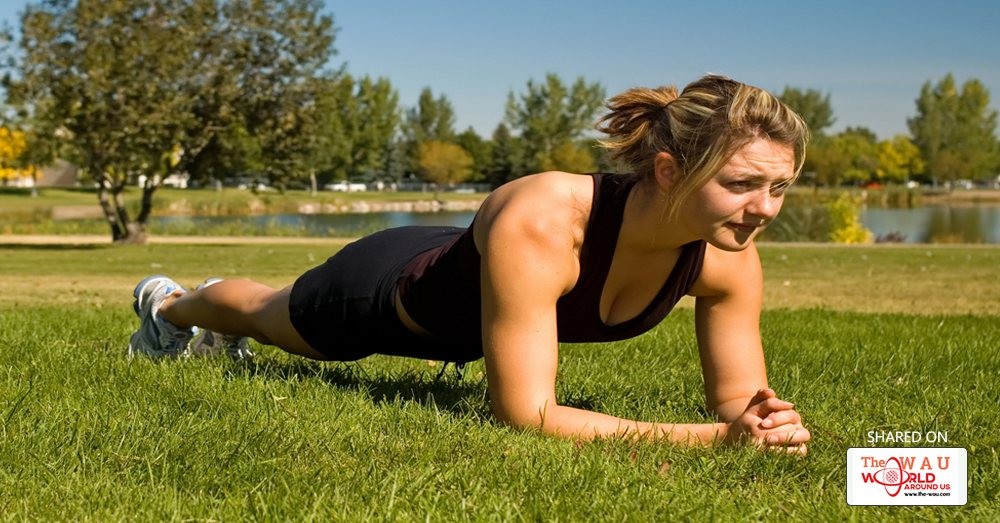Got five minutes a day? Try these methods to gain strength and improve your running form.
The challenge: In 24 hours, balance work, family, friends, and running. For the mortal runner, where real life and training life must co-exist, there can be an odd Clark Kent sensation. Cramming everything into the day is no small feat — even Superman would struggle.
Still, incorporating strength, flexibility, and injury-preventative work for five minutes a day delivers results. Those are crucial to improving your running efficiency and performance. Don’t think progress only comes with 90-minute intervals; it’s far more productive taking a little time each day. Consistency is more important.
Becki Pierotti, 3:02-marathoner, runs 90-105 miles per week, is taking 28 college credits, and just got her Lower Extremity A.R.T Certification between semesters. How does she do it?
“I wish I could claim that I have time to take care of all the little details, but a lot of times, I have to pick and choose what parts of training are most important and prioritize them,” Pierotti said.
Pierotti knows how important adjustments and therapy treatments are, so she makes them a priority. Taking advantage of the student clinic at the New York Chiropractic College, she gets Nimmo, Graston, and A.R.T. work every week. She also multi-tasks: “I have been known to do soft tissue work on myself while I’m studying.”
Here’s how it works: you’ve got three different routines, each targeting various aspects to running health and performance. Commit to at least one every day and alternate which one you do. With consistency, the results will speak for themselves.
1.Core And Flexibility
Running form and a strong core are interdependent. The ability to maintain proper form as you tire is a direct result of a strong core. Running more efficiently makes you run faster. The same goes for increased flexibility; the looser, more supple your muscles are, the greater range of motion you’ll have, allowing your legs to open up into that full and powerful stride instead of being limited because of tightness. Finally, core strength and increased flexibility will make you more resistant to injury.
Planks
Four positions, hold each for 30 seconds. Start in standard plank: balancing on your forearms and toes, abs engaged, torso and legs parallel with the ground. Reverse plank: balancing on forearms and heels, facing the ceiling. Side planks: hips stacked, balancing on left forearm and outer left foot. Switch to right side.
Back Bridge
Lay on your back, knees bent, feet flat on the floor roughly 18-inches from your glutes. Lift butt off the ground until hips and thighs are parallel, then lower. Set of 15, then lift right foot off the ground, balancing on your left and do 10 single-lifts. Repeat with 10 lifts on right foot.
Alternate Toe-Touches
Lay on your back, bend at the hips, and lift your legs straight up into an L-shape; spread your feet apart into the shape of a V. Reach with arms and torso to your left foot, down, up and reach to right foot. Do 20 lifts, alternating sides.
Leg Swings
Do each 10 times. Lateral: Swing left leg front-to-back, repeat with right leg. Horizontal: Face a wall, swinging left leg side-to-side, repeat right leg.
Donkey Kicks
Get on your hands and knees and into a table position. Keep the right leg bent at the knee and lift your right foot into the air, kicking until that thigh is parallel with the floor. Lower and repeat, 10 reps for each side.
...[ Continue to next page ]
Share This Post















